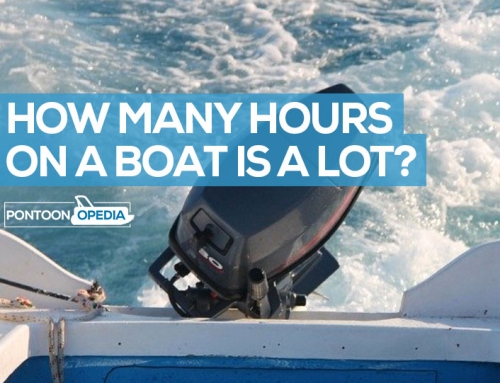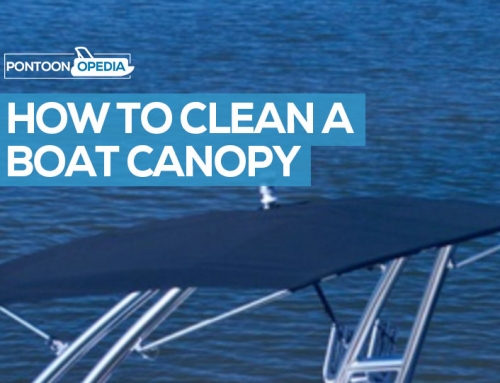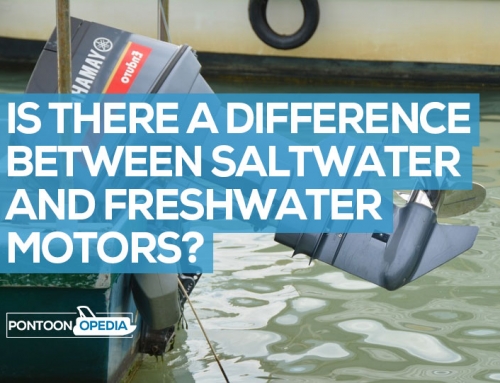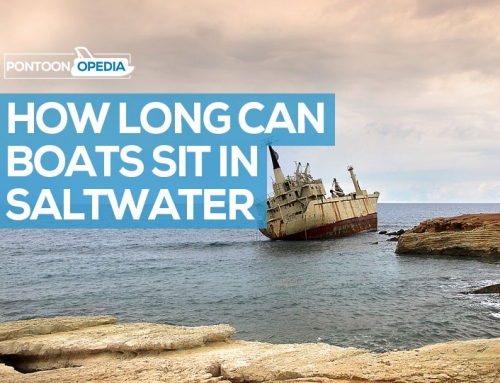If you are taking a marine knowledge test, Boat Ed exam, or multiple choice quizlet, one question you might have got stuck on is “which class of boats has priority when using river locks?”. You can find the correct and short answer below, followed by a more detailed explanation of the reasons and rules.
Commercial boats and vessels will always have the priority when using river locks. The majority of river locks were originally built for trade and commerce, meaning commercial class vessels will have priority of use over recreational or private users.
Please don’t just select the right answer in your quiz, test, or exam. I recommend scrolling down to find out more about river locks so you research and learn rather than cheat. At the bottom of the page are links to other related questions and answers you might need to answer in your exam.
What is a river lock and what does it do?
A river lock is a mechanical device used to raise or lower boats in between different stretches of water at different levels on canals and rivers. The lock will have a fixed chamber within which the water level can be changed.
They are designed to make rivers more navigable or are built to let rivers or canals cross over land which isn’t naturally or manufactured to be level, letting the boat take a more direct route.
Did you know? The largest river lock in the world is in Belgium. It’s the Kieldrecht Lock in the Port of Antwerp.
How does a water lock system work?
River locks work using a series of dams which help to keep the right depth of water in place to let boats use the canal or river all year around, regardless of weather-related water levels.
The dams will create two water levels, with one level above the dam, and another water level below the dam.
The river lock will then safely carry the boat between the two different dam levels, allowing for ease of navigation and passing from one part to the next. It’s a little bit like an elevator!
For a visual explanation on how water and river locks work, watch this video on YouTube which demonstrates how a boat can travel between two different water levels.
Why understanding river locks is important
If you can learn how to use river locks, the rules in place, and how to approach them, it will give you so many more chances to get out and about on your boat.
Thankfully, most river locks will have an attendant, so if you aren’t sure what to do, they will be able to help and assist you with entering and exiting.
More river lock related questions
Below you can find some other commonly asked questions about river locks around the world, including my short and researched answers:
What sound signal tells a river lock attendant you wish to go through the lock?
You will hear one prolonged blast of the signal, followed by one shorter blast.
You need to wait at least 400 feet away from the river lock before making your signal for you to enter. The river lock attendant will then signal for you to approach and enter using a flashing light system.
Which flashing light tells you to enter a river lock?
Flashing lights on river locks are very similar to what you will find on roadways, using green, amber, and red signalling.
When it is your time to enter the river lock you will either hear the blast on a horn, or see a flashing light.
If it’s a green flashing light, that means you can safely enter the river lock. If you see a red flashing light, don’t start to move towards the river lock, stay where you are. And a green and amber flashing light tells you that you can start to move forward, but need to do so with caution. An amber light means you can proceed under full control of your boat.
What is the longest lock on the River Thames?
The River Thames is a river that runs through the south of England in the UK. It’s 215 miles long, making it the longest in England, the second longest in the UK after the River Severn.
The longest river lock on the River Thames is Teddington Lock. Interestingly, Teddington Lock is also home to the smallest river lock on the Thames.
Want to know more answers to different questions?
Elsewhere on Pontoonopedia you can find answers to other commonly asked Boat Ed and Quizlet questions that you might be studying for. Here are some links to the most popular questions and answers I have recently posted.
- What Color is Displayed on the Starboard Side of a Boat?
- What Color is a Marker That Indicates Safe Water on all Sides?
- What Should You do to Avoid Colliding with Another Boat?
- Where is the Best Place to Put PFDs While You Are Out on Your Boat?
- Which Side of a Boat has a Green Light at Night?
- Who is Responsible for Avoiding a Collision Between Two Boats?
- Who is Responsible for Performing the Pre-Departure Check of a Recreational Boat?
If you are learning about boats, and have a multiple-choice test or exam to complete, please don’t just read my answers quickly in order to pass your Boat Ed.
Being in charge of a boat or ship demands a huge responsibility. You are responsible for all your passengers and other boaters.
To get onto the water with a limited knowledge of laws, rules, and safety is extremely dangerous, so don’t take shortcuts in your learning.
Do your own research, read forums, read manuals, and be as prepared as you possibly can be for being in charge of a boat.
Your life and others will depend on it.






